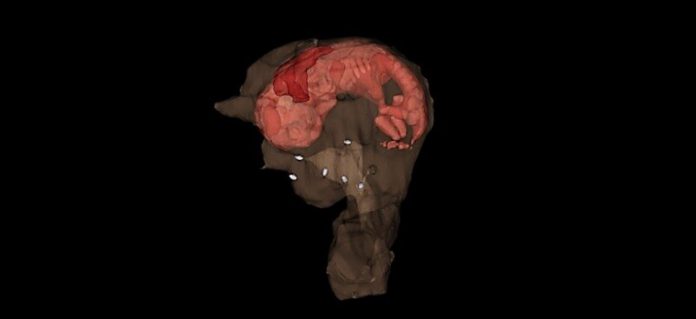
Scientists at the Wake Forest Institute for Regenerative Medicine (WFIRM) may have managed to find a solution for women with uterine factor infertility. According to the study published in the journal nature biotechnology, researchers were able to show bioengineered uterine tissue support live births in rabbits.
The uterus is the site of fetal development and plays a crucial role in carrying the pregnancy successfully to term. It is estimated that 1 in 500 women of reproductive age suffers from uterine factor infertility. Fibroids, congenital anomalies, polyps, and adhesions are some of the common uterine factors linked to infertility in women.
In the past uterine transplantation from both deceased and living donors had played an important role in the treatment of uterine infertility. However, this particular treatment option requires donors and the use of antirejection therapies. Hence, to overcome the limitations of transplantations researchers have started to implement tissue engineering technologies. Combining the patient’s own cells with biomaterials to engineer tissues and organs helps reduce the risks of immunological reaction and disease transmission.
Scientists at WFIRM conducted their study on rabbits who have a relatively large uterus compared with other lab animals. The rabbit’s uterus contains two separate uterine horns with the ability to carry a pregnancy. For the study, the rabbits underwent full excision of one uterine horn and subtotal excision of the remaining uterine horn. The rabbits were then divided into four groups: a tissue-engineered uteri group, a non-seeded scaffold group, a subtotal uterine excision-only control group and, a normal control group.
The bioengineered uterine tissue was made using biodegradable polymer scaffolds seeded with primary uterine-derived cells from the uterine structure of each rabbit. 6 months after uterine reconstruction procedures the rabbits were made to mate with fertile male rabbits.
The results showed that only the tissue-engineered uteri group supported pregnancy and resulted in well-formed offspring. The bioengineered uterine tissue was seen to develop all uterine tissue layers including a vascularized endometrium with secretory gland structures and two-layered myometrium.
While the number of fetuses per pregnancy was lower than in the normal control group, the bioengineered uteri were shown to support pregnancy and resulted in live births in four out of 14 cases.
This research introduces new avenues for potentially creating tissue substitutes derived from a patient’s own cells to treat uterine defects.
Renata S. Magalhaes, MD, Ph.D., BCMAS
References:
Magalhaes, r.s., Williams, j.k., yoo, k.w. Et al. A tissue-engineered uterus supports live births in rabbits. Nat biotechnol (2020). Https://doi.org/10.1038/s41587-020-0547-7
Saravelos sh, Cocksedge ka, li tc. Prevalence and diagnosis of congenital uterine anomalies in women with reproductive failure: a critical ap- praisal. Hum reprod update. 2008;14:415–429.



